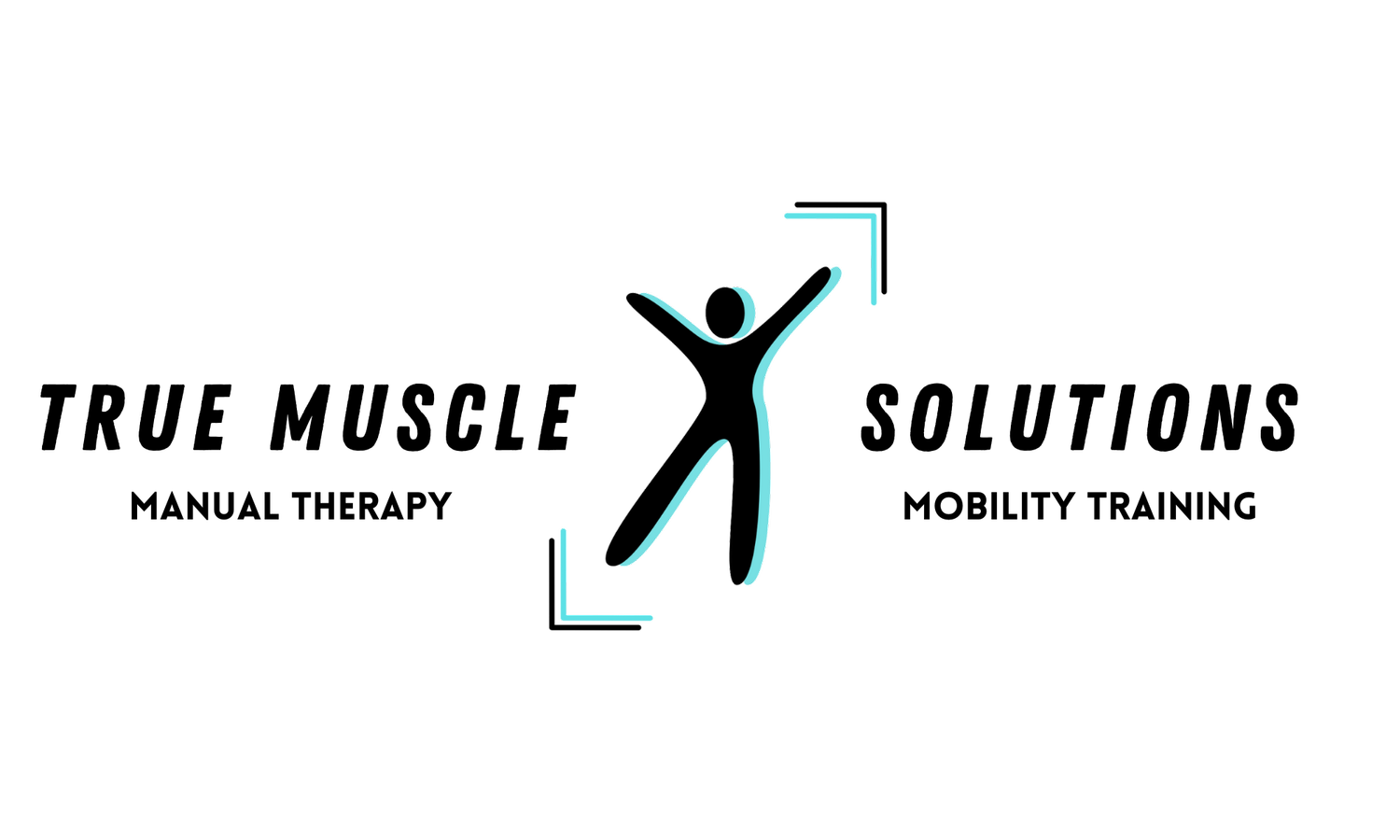Plantar Faciitis
Feel like you're stepping on nails? That's what this painful condition can feel like... Every. Single. Step. Many who experience this, point fingers at their new shoes, or their genetics, or maybe they've been told they have improper running technique. Like many muscle conditions, plantar fasciitis is named after the area that is inflamed and causing pain so that is where we tend to focus. In reality, this irritation is a protective mechanism as a result of improper foot strike due to issues further up the chain.. most likely the hips. It quickly, and fiercely lets us know something is not right. The pain may be subdued by inserts or different shoes by shifting the weight of your foot, however this is simply passing the problem on to somewhere else. Maybe the knee will start to hurt next? Or the ankle? We will continually chase the symptoms. What we want to do is nip this dysfunction in the bud and help you save somewhere around $100 on those extra-support shoes and/or fancy massaging inserts, and probably more on doctor's appointments and expensive orthotics. Although you can reverse severe cases, early action for cases like this are key and once you know how to prevent it, you can stop it from leaving you feeling crippled any time it presents itself.
Treatments
Therapy directly on the painful site is helpful to try to diminish pain as quickly as possible but remember that the root cause must be addressed to provide complete healing. I have included localized therapy below followed by a long term treatment plan and solution.
Fascial Release:
1. Massage therapy can produce amazing results for breaking up this tough sheet of connective tissue. Find an experienced massage therapist who is familiar with this condition. It is not a pleasant experience, I will be honest, but manual therapy provides tremendous benefits when the right amount of pressure is applied in the right places.
2. You can also grab a trusty lacrosse ball, golf ball, tennis ball, or my favorite, the TheraBand foot roller. Use this throughout the day but especially first thing in the morning. I used to have one by my bed and I wouldn't even try to walk before I rolled my feet out. Doing so made my first steps of the days incredibly more pleasant.
3. Try the following exercise: Sit in a chair in a figure 4 cross-legged position. Place fingers in between bare toes to stretch the fascia then continue to do foot circles to the inside, outside, and point and flex, all of these while keeping the fingers between toes.
Posture exercises to balance your foot strike
Do the following program for once or twice a day for one to two weeks or until the pain has dissipated. For additional relief, please see my online therapy page to learn how you can receive a personalized exercise menu for plantar fasciitis or any other pain you might be suffering with.
1. - Lie on back, with one leg straight down to floor with quad (thigh) tight and foot pointed to ceiling, interlace hands behind bent knee of other leg and pull knee slightly toward chest - Squeeze shoulder blades together by pulling them down - Circle one foot to the left for recommended reps, then circle in opposite direction, and then point and flex the foot - Switch to other foot and repeat
Foot circles and point flexes
2. - Lie on back with one knee bent and other straight with strap around ball of foot - Hold strap with both hands and pull leg up into air so that both thighs are about even - Keep the thigh tight on the straight leg - Flex the foot back by pulling on strap, feeling stretch in calf - Keep shoulders down into floor entire time - Hold - Then place strap in arch of foot and pull leg up further until leg is straight to ceiling (90 degrees to floor) and feel pull in hamstring - Keep thigh (quad) tight.
A. Calve stretch
B. Hamstring Stretch
3. - Kneel on 14" high block (or ottoman) with hands on floor - Keep hips slightly in front of knees, and shoulders directly over elbows and wrists - Lower legs and feet should remain relaxed down and trail straight back and hip-width apart - Collapse shoulder blades together and keep stomach relaxed allowing low back to arch - Allow head to fall down keeping neck relaxed - Hold slight knee pressure pulling forward towards stomach - Keep elbows straight the entire time (Do Not bend)
Static Extension Elevated Position
4. - Sit against wall at approximately 90 degrees, with heels straight under or slightly in front of (NOT behind) knees - With feet and knees hip-width apart and pointing straight ahead, push low back into wall and keep pressure in heels (not in toes) - Relax shoulders, neck and hands - Feel work in thighs - If you feel too much pressure in the knees, then sit up slightly higher on the wall (increasing the angle at the knees)
Airbench
*This post contains affiliate links*






